Species differences
BASELINE behaviour for each species was determined by pooling data from both Base 1 (B1) and Base 2 (B2), as all species and herds went through both treatments equally.
The three species showed significant differences in their behavioural patterns.
Dama gazelles fed for longer periods of time and more frequently, overall and showed a stronger preference for concentrate feed. They also performed the horn rubbing behaviour most often, and exhibited the least pacing of all three species.
Cuvier’s gazelles were less likely to forage from the ground than the other two species. They were also less inclined to lick non-food surfaces. They were, however, the species that displayed the most pacing behaviour of all. Lastly, this species was observed fighting the most out of the three, though Dama gazelles showed a higher frequency of agonistic approaches.
Dorcas gazelles used the provided salt lick rock the most and were also more easily alarmed than the other two species.
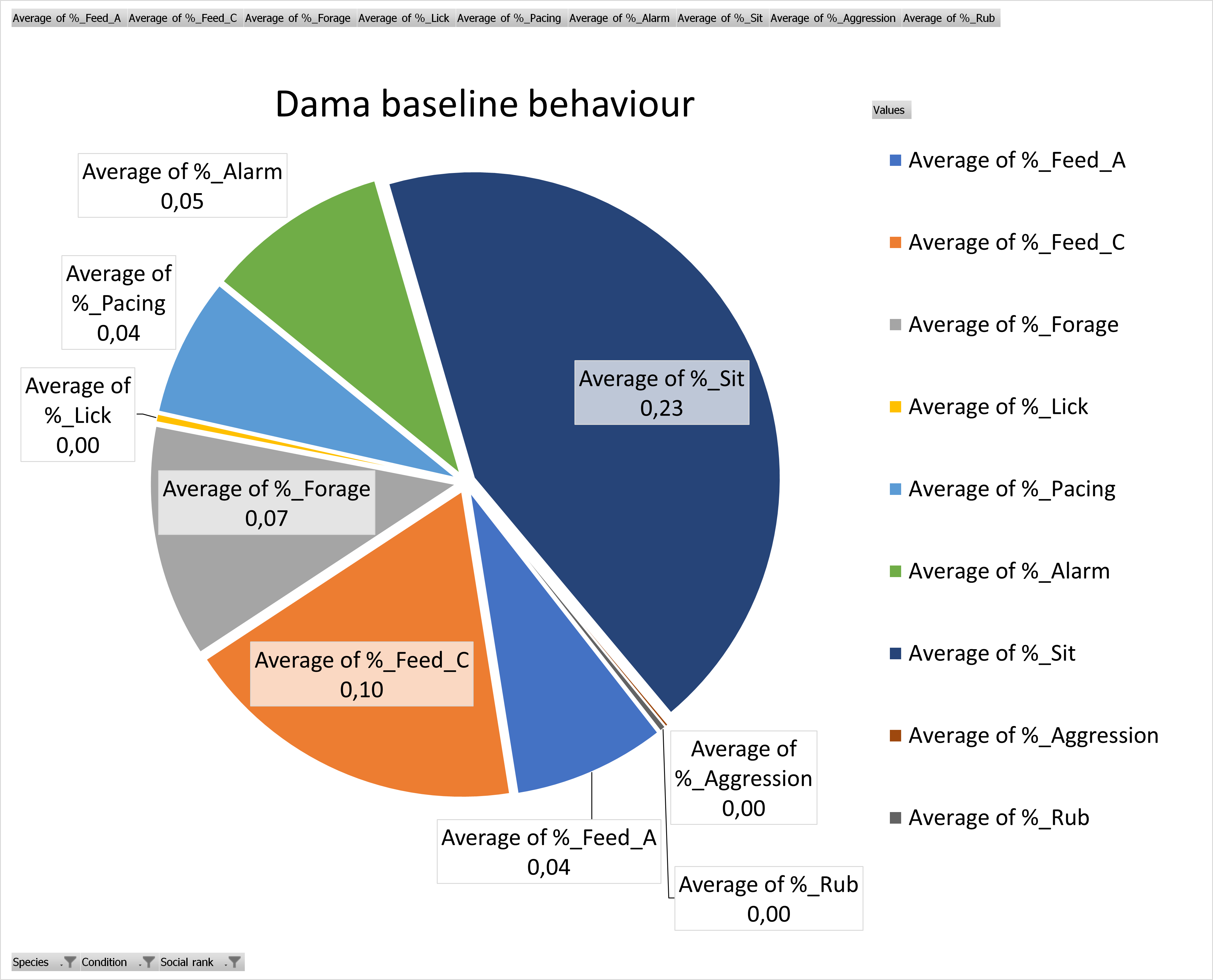
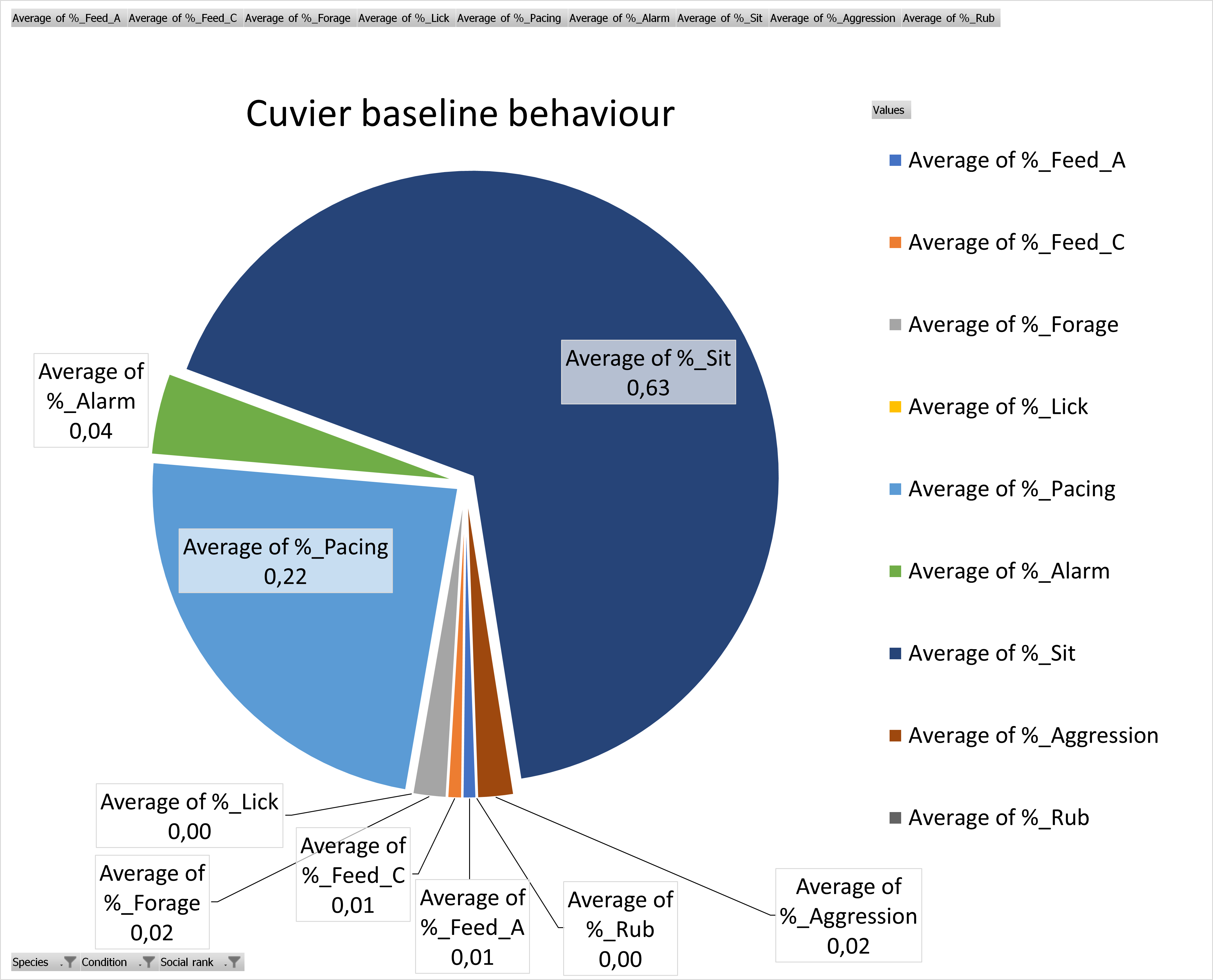
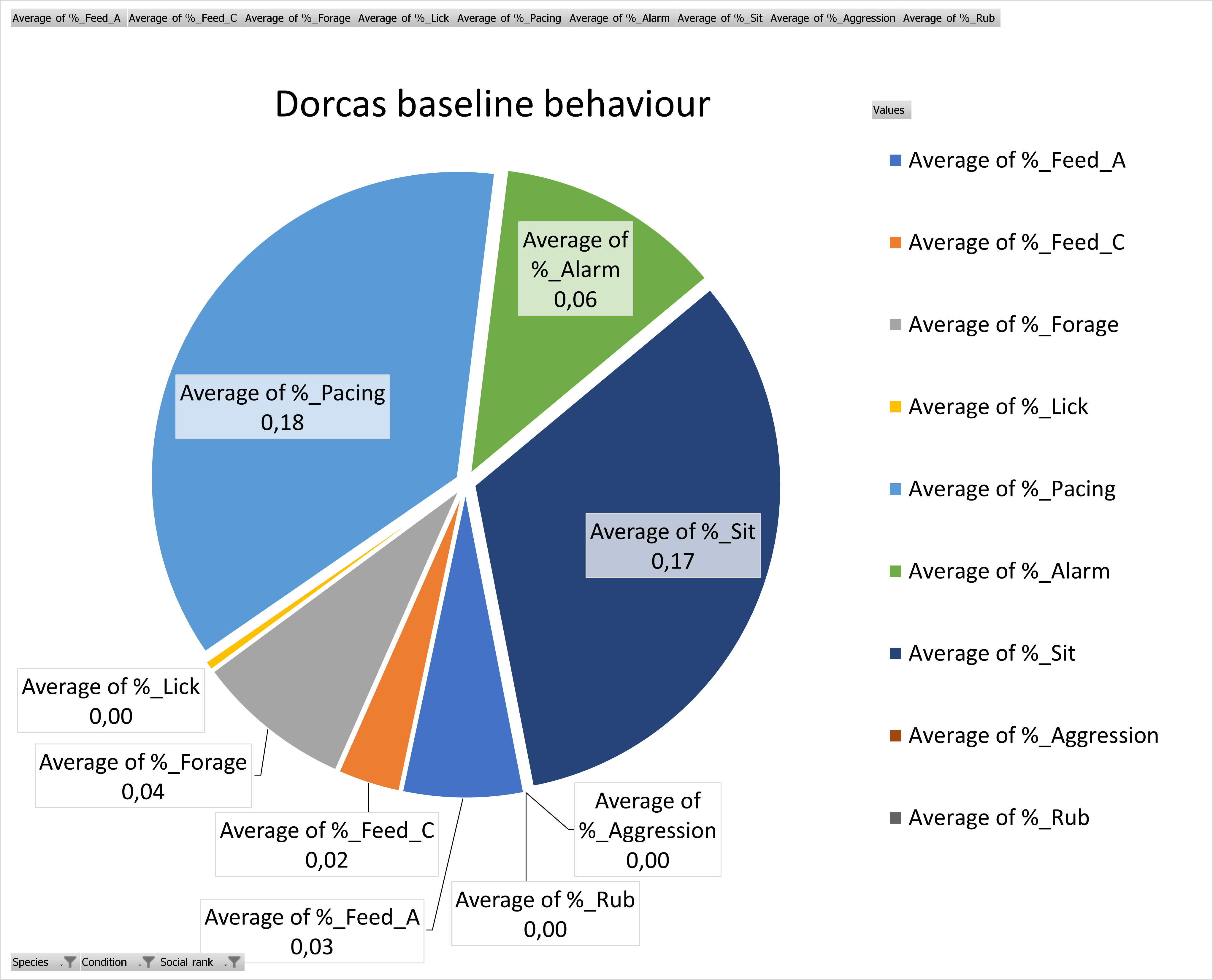
Diet and Enrichment
Once MORE ROUGHAGE was provided (diet change from B1 to B2), the gazelle’s behaviour showed considerable changes:
Dama gazelles increased their activity levels, and the time they spent eating alfalfa. Natural foraging behaviour and resting behaviours also increased. On the other hand, time and frequency of concentrate feed intake decreased, and so did alarm behaviours.
Cuvier’s gazelles showed a decrease in activity levels as well as in time and frequency of pacing behaviour and time alarmed. They also showed a significant increase in how frequently they sat down.
Dorcas gazelles showed an increase in alfalfa intake and time resting. What is more, the frequency of their pacing behaviour also decreased significantly.
After having access to FRESH BROWSE (E) as an additional food source and enrichment, the gazelles’ behaviours changed as follows:
Dama gazelles showed another increase in their activity levels, as well as the total amount of time and frequency of their feeding behaviours. Time and frequency of alfalfa intake and foraging behaviours decreased. The control group for this species showed more surface licking behaviours and increased fighting as well as an increase in their alfalfa intake.
Cuvier’s gazelles appeared more active, and the frequency of sitting decreased. The total amount of time and frequency of their feeding behaviours also increased.
Dorcas gazelles also increased their total feeding time and frequency, and reduced their alfalfa intake.
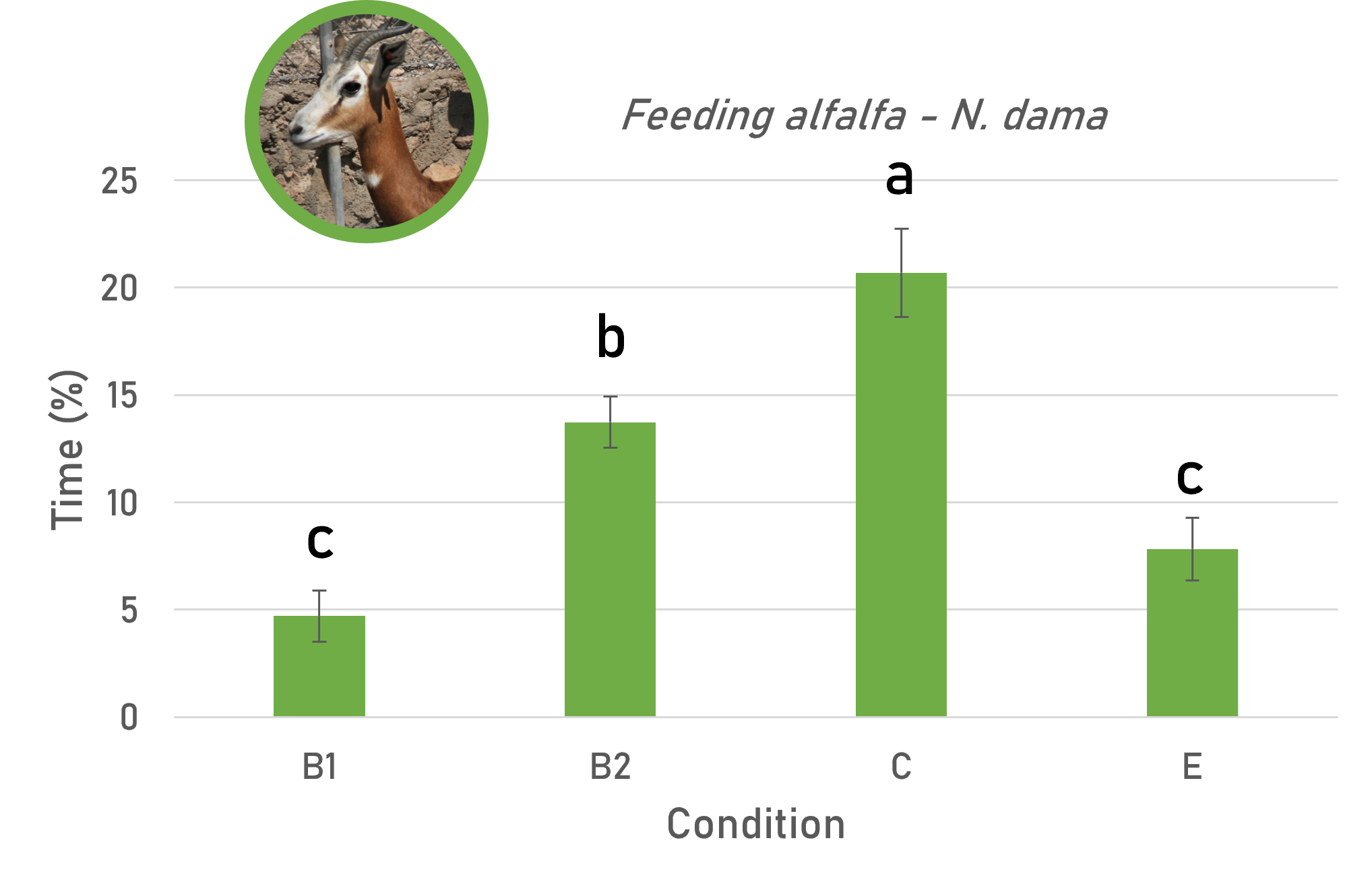
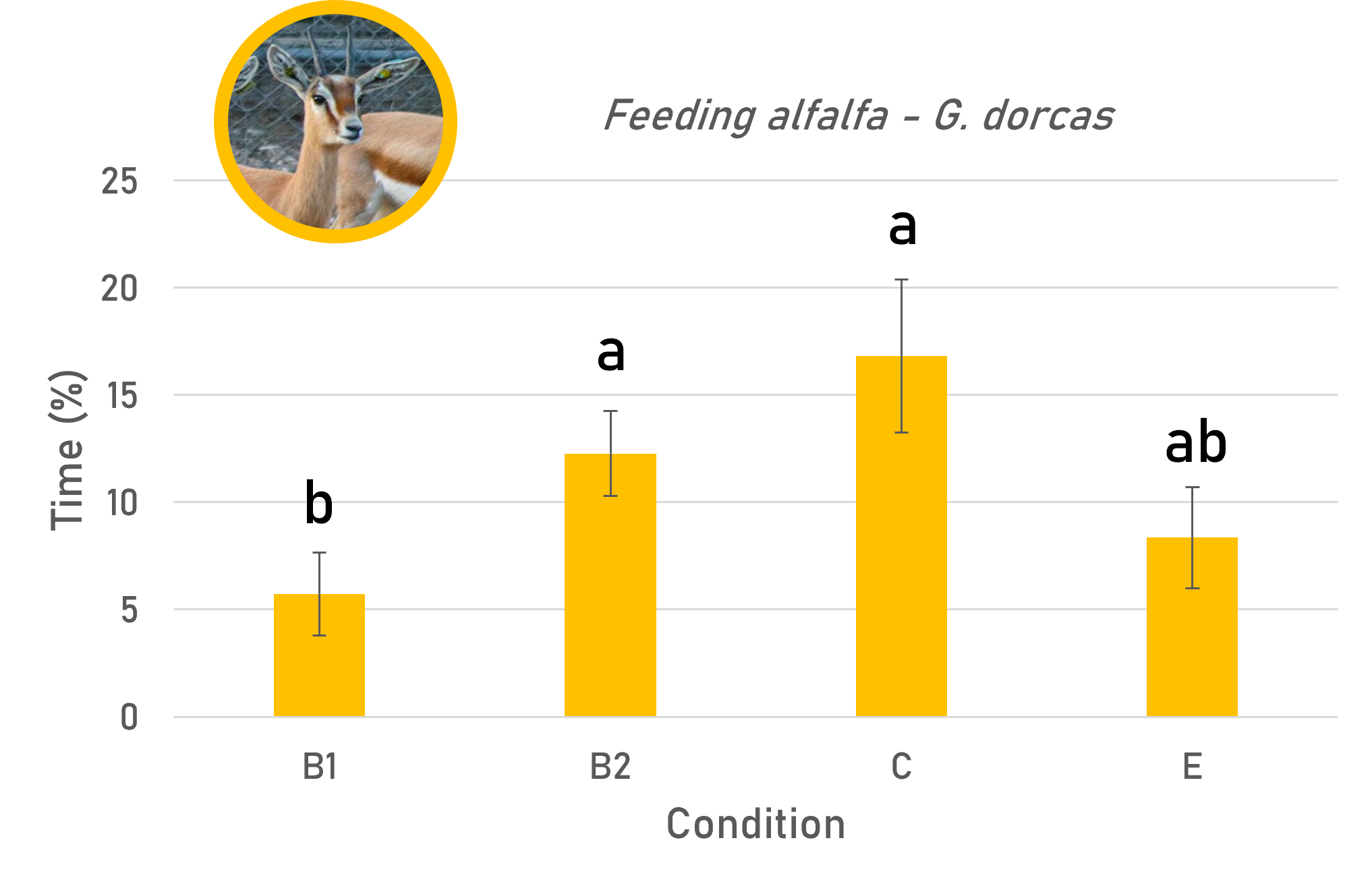
Right click and select “open image in new tab” for full size
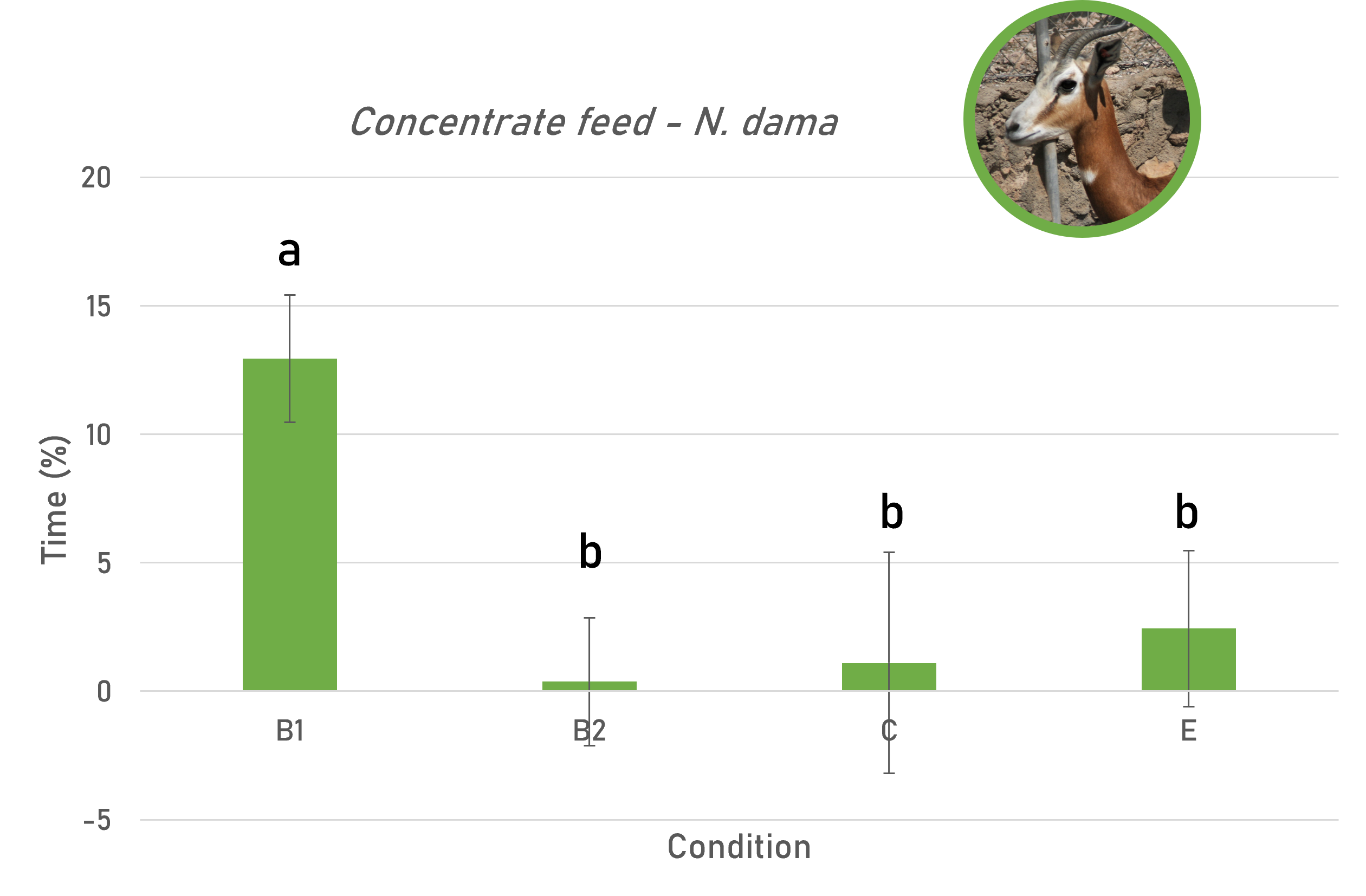
Right click and select “open image in new tab” for full size
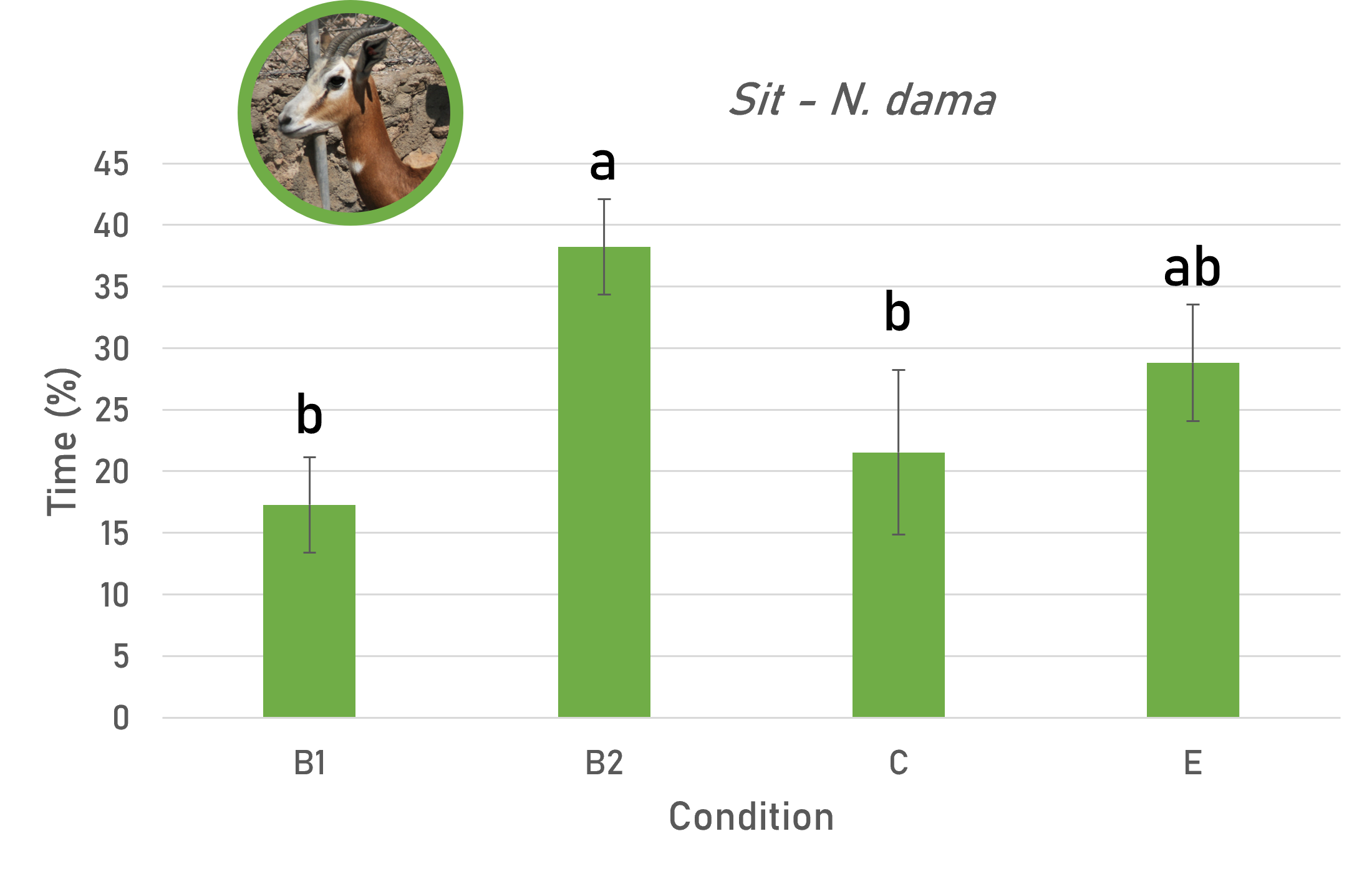
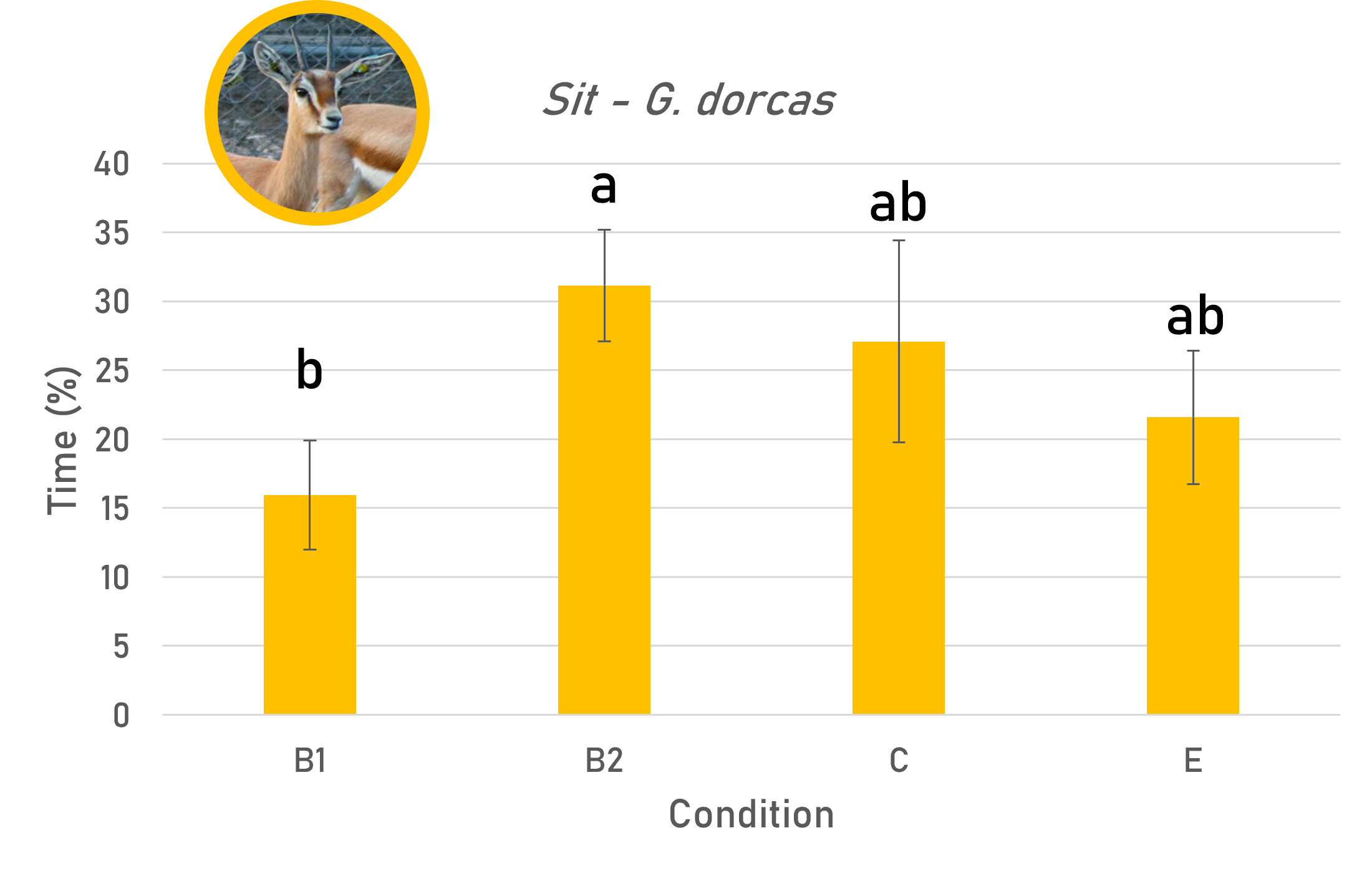
Right click and select “open image in new tab” for full size
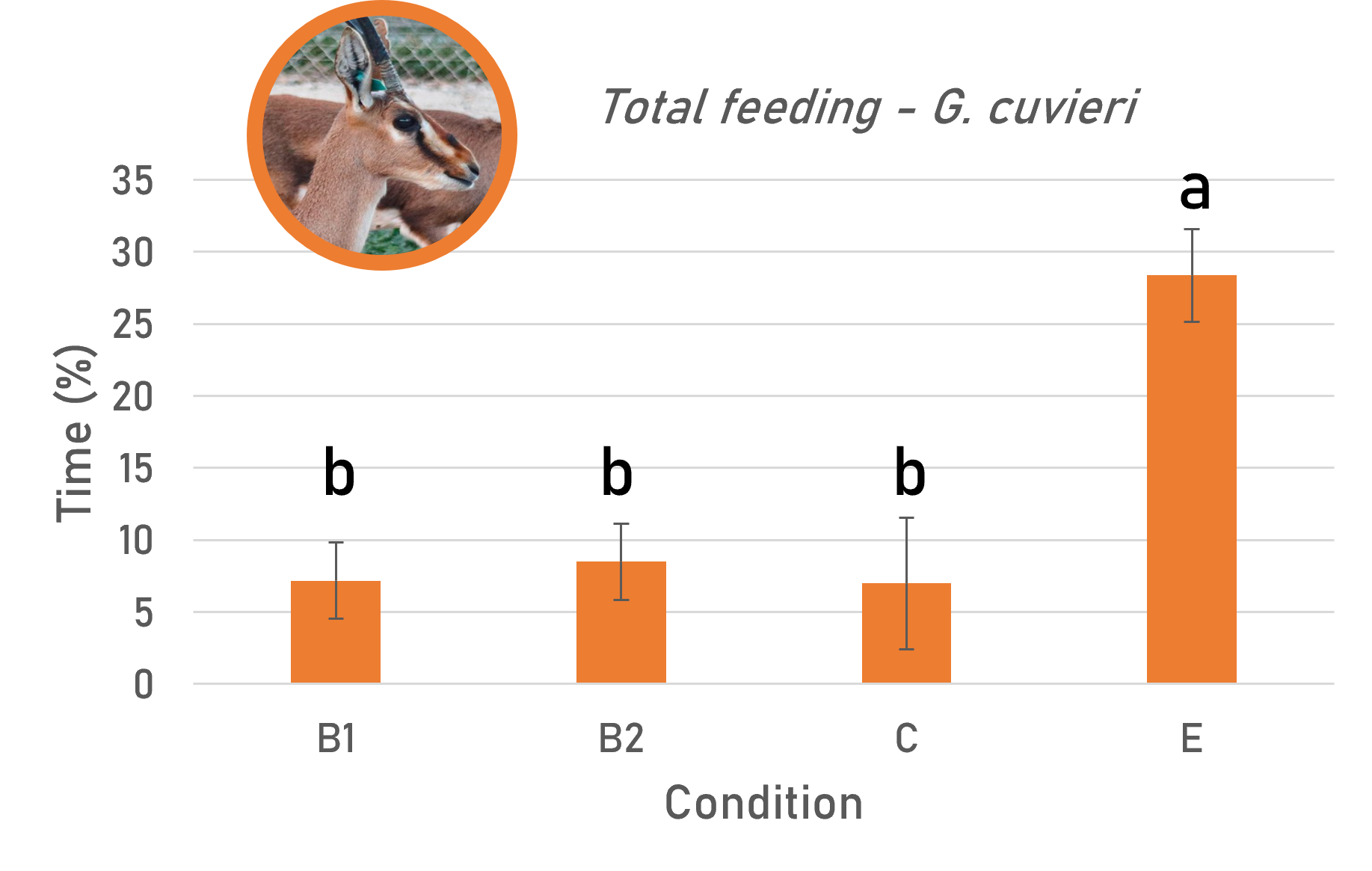
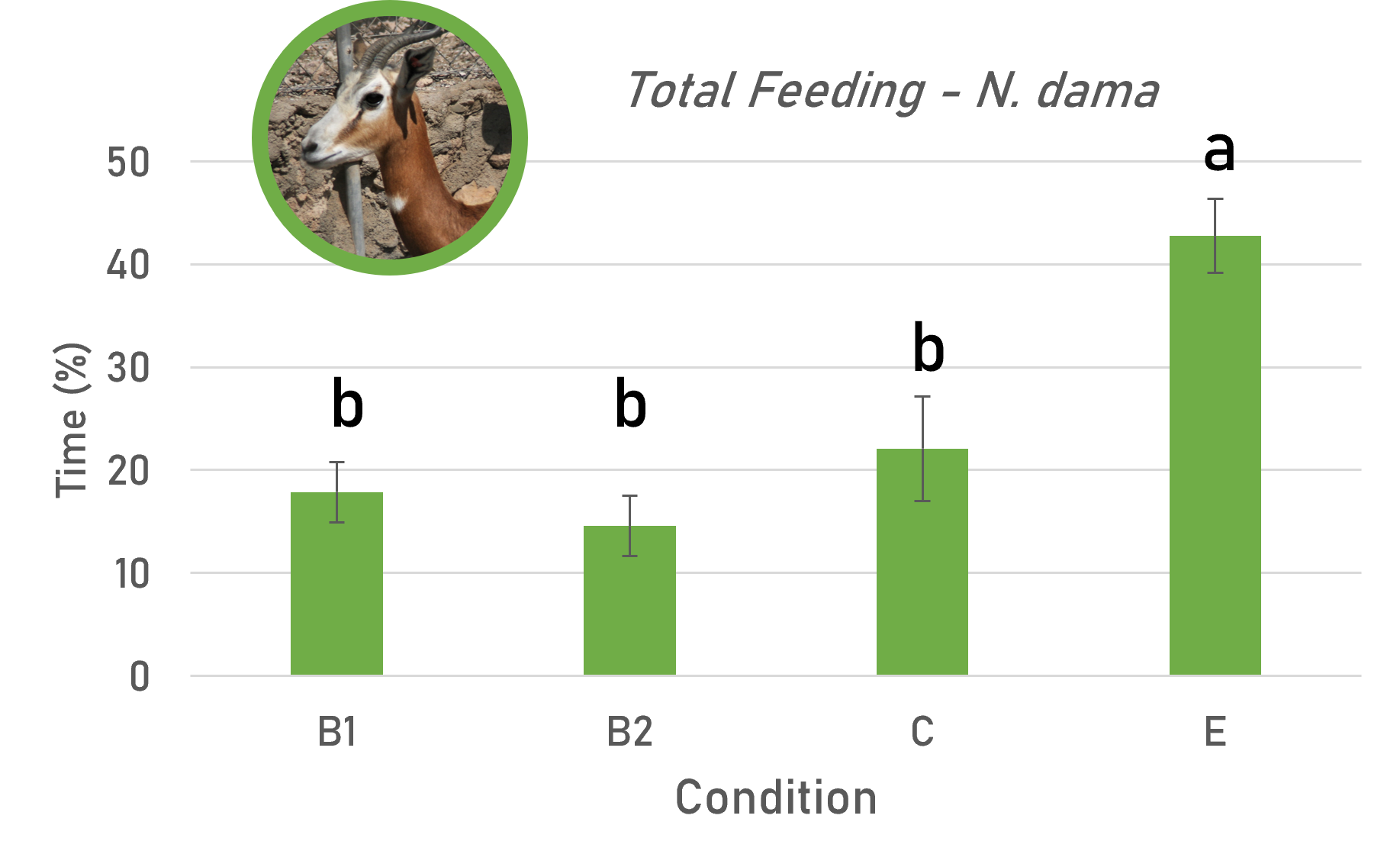
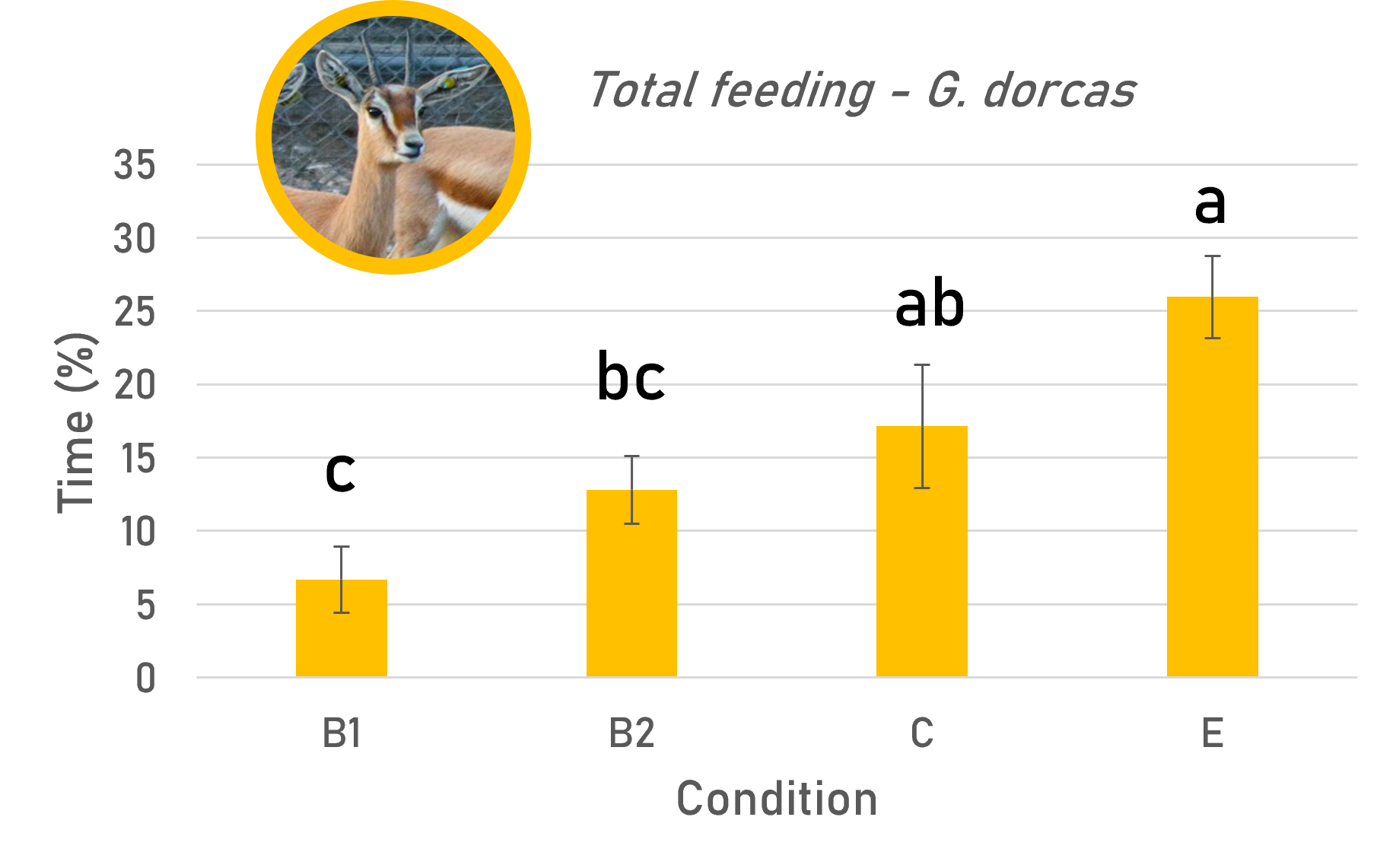
Right click and select “open image in new tab” for full size
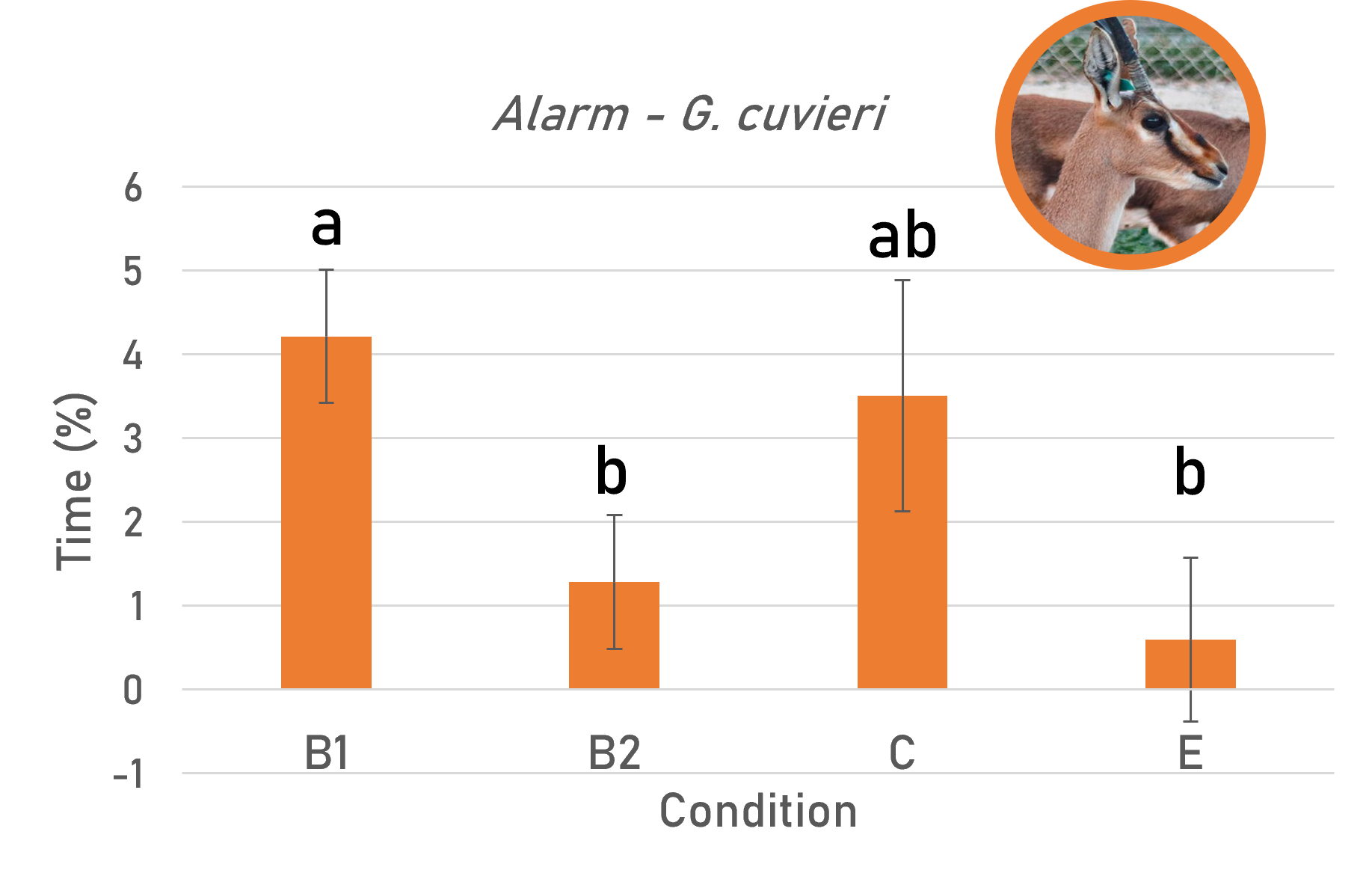
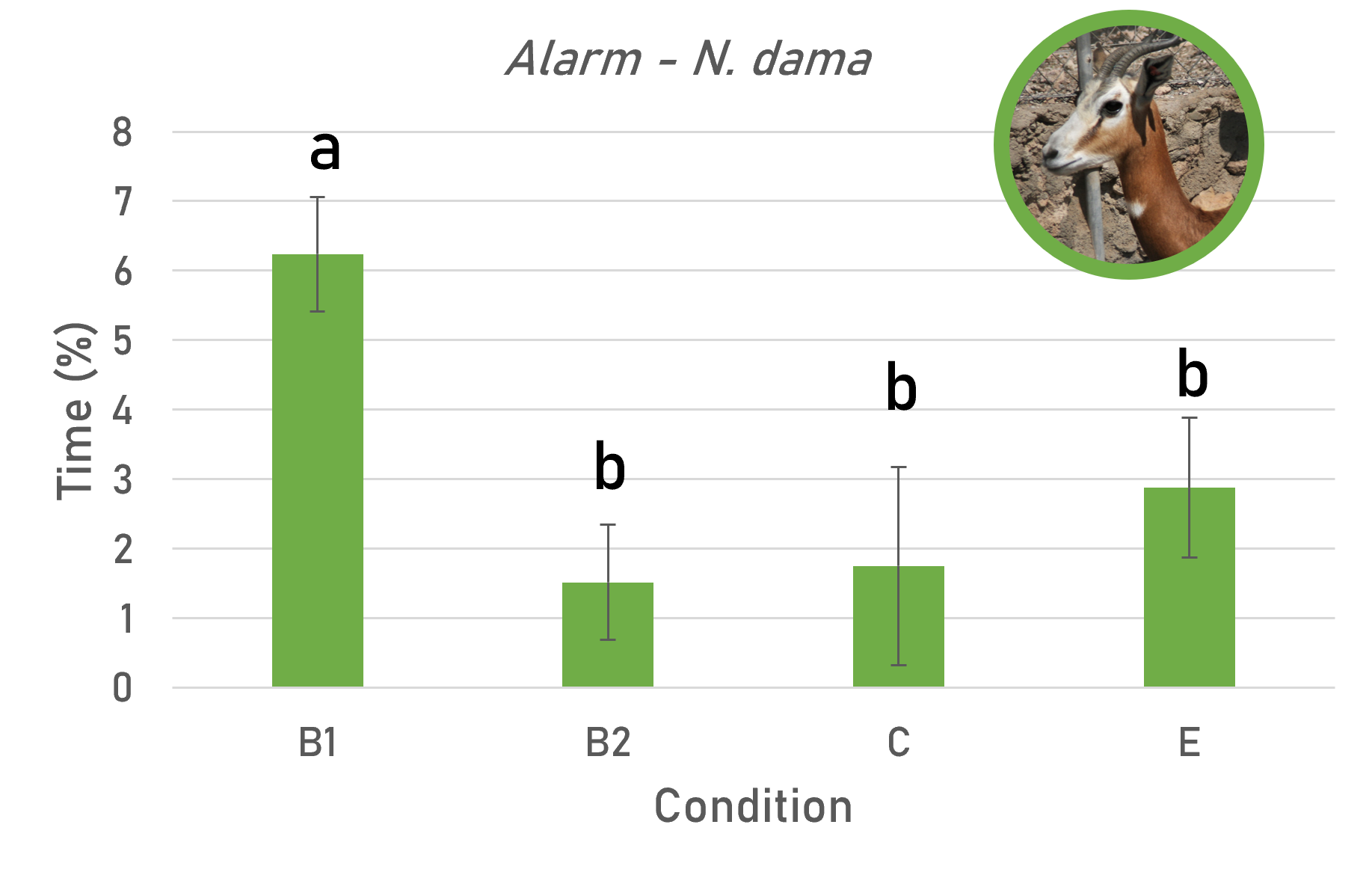
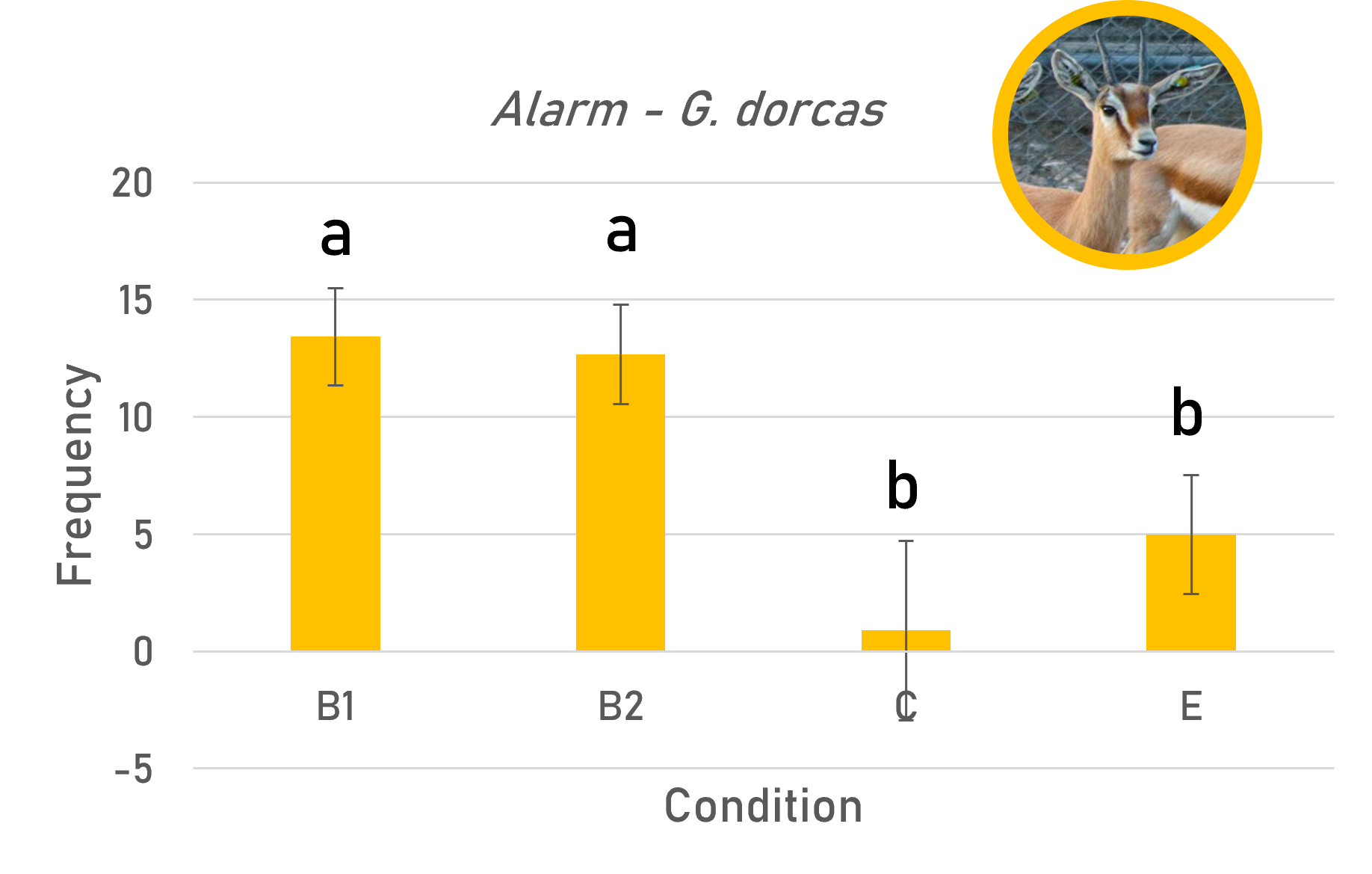
Right click and select “open image in new tab” for full size
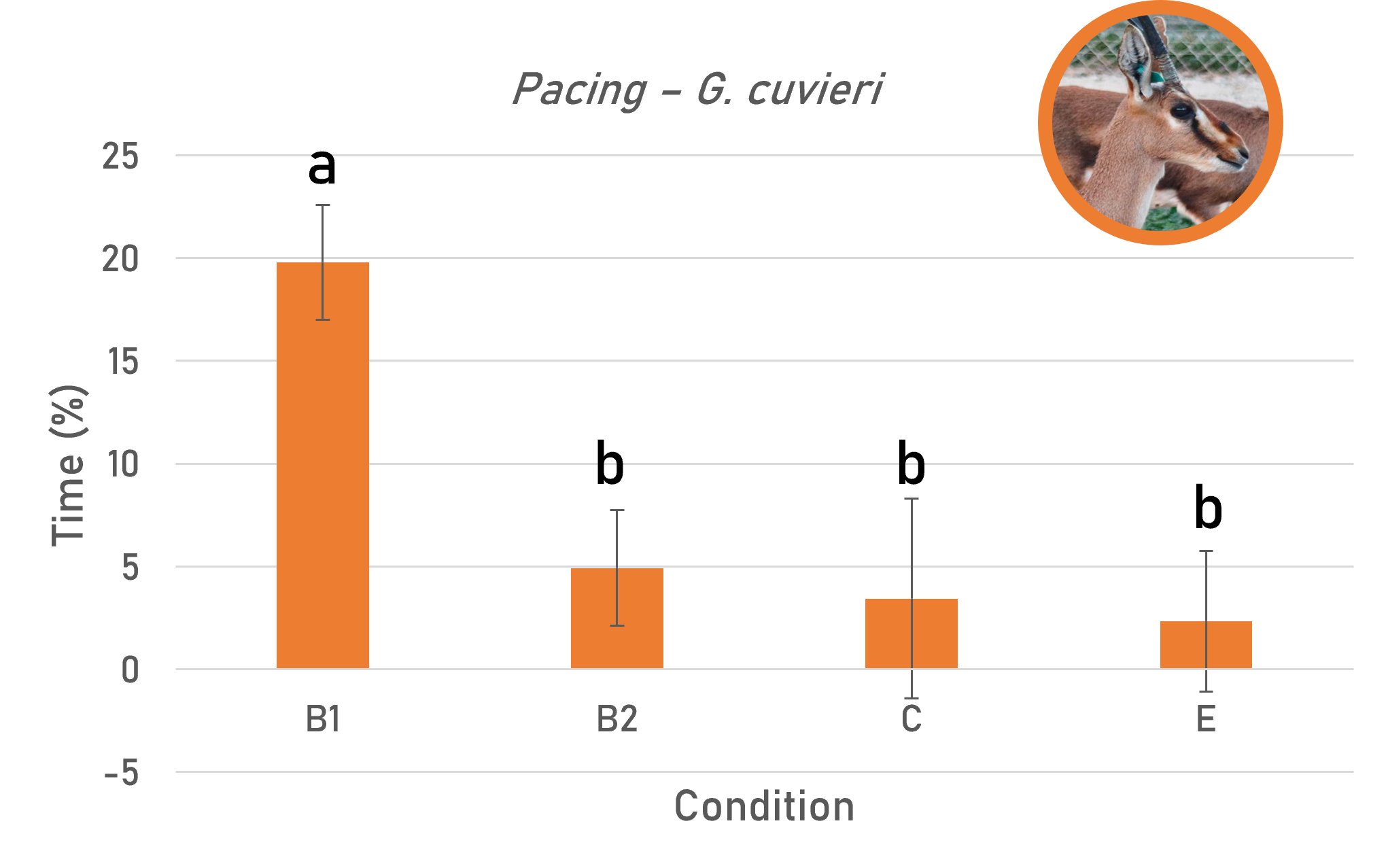
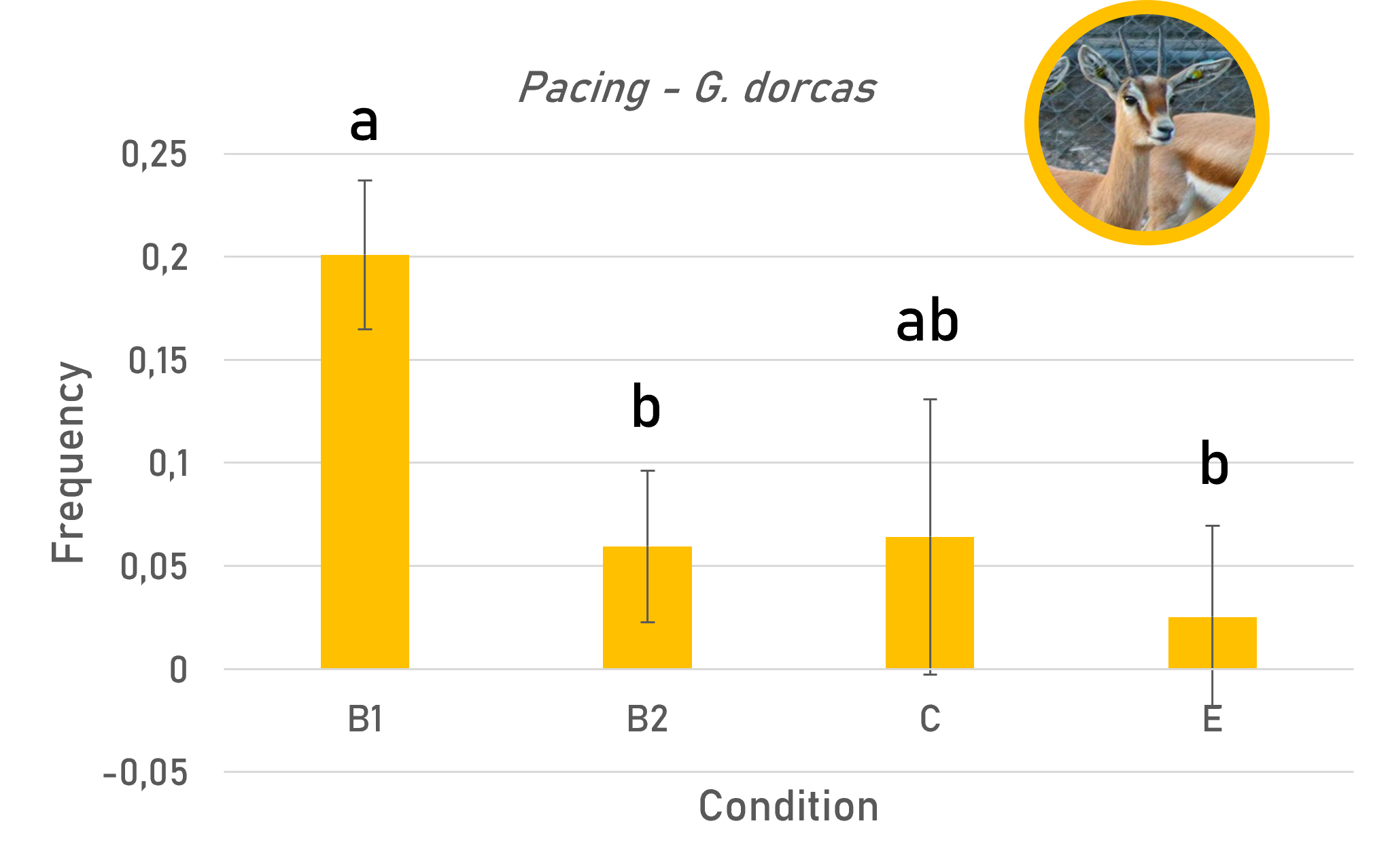
Right click and select “open image in new tab” for full size